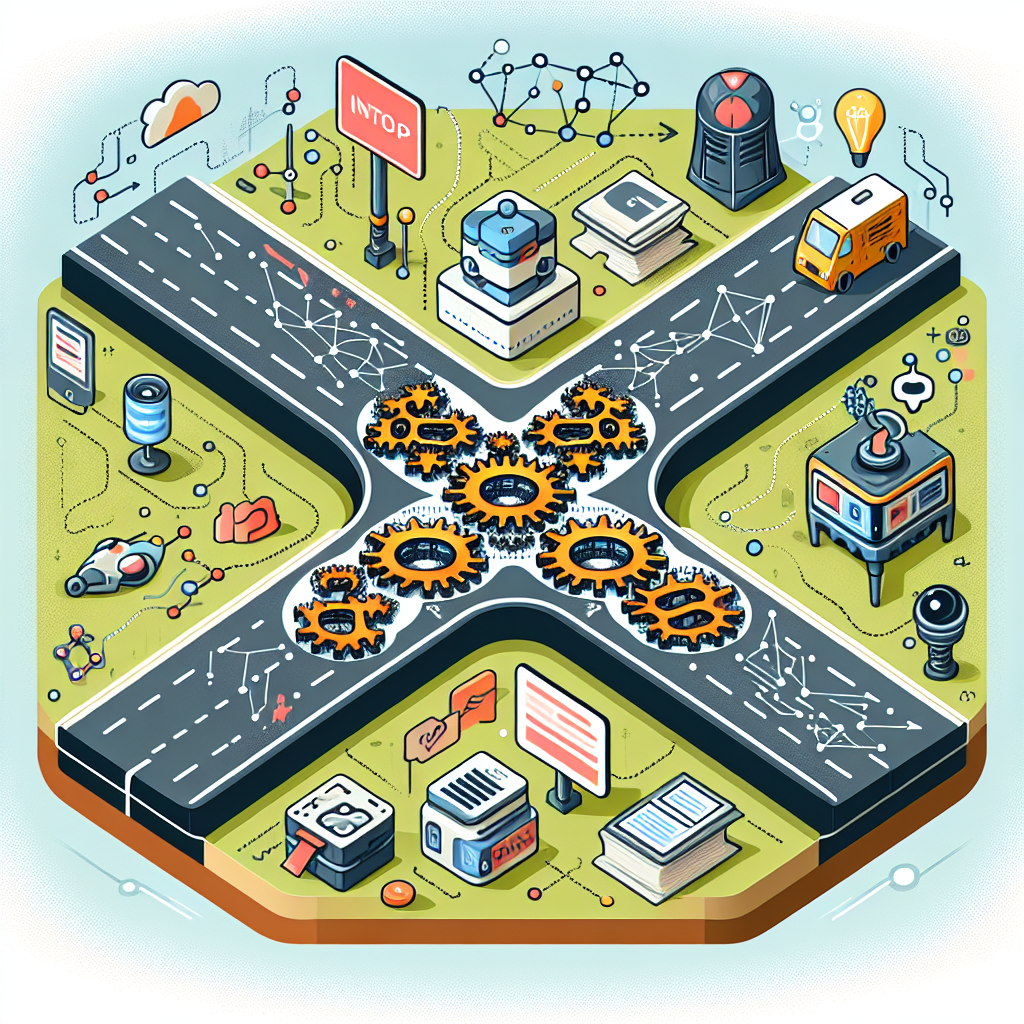Your cart is currently empty!
The Intersection of GANs and NLP: Exploring Cutting-Edge Applications and Techniques

Generative Adversarial Networks (GANs) and Natural Language Processing (NLP) are two powerful technologies that have been making waves in the field of artificial intelligence. When these two cutting-edge technologies intersect, the possibilities for innovation and advancement are endless. In this article, we will explore the intersection of GANs and NLP, and delve into some of the most exciting applications and techniques that are emerging from this convergence.
GANs are a type of neural network that is used to generate new data that is similar to a given dataset. They consist of two neural networks – a generator and a discriminator – that are trained in a competitive manner. The generator creates new data samples, while the discriminator tries to distinguish between real and generated data. Through this adversarial training process, GANs are able to generate incredibly realistic and high-quality data samples.
NLP, on the other hand, is a branch of artificial intelligence that focuses on the interaction between computers and human language. It involves tasks such as text generation, translation, sentiment analysis, and more. NLP has made significant advancements in recent years, thanks to the development of deep learning models like transformers and BERT.
When GANs and NLP intersect, they open up a whole new realm of possibilities for AI applications. One of the most exciting applications of this intersection is in the field of text generation. GANs can be used to generate realistic and coherent text samples, which can be incredibly useful for tasks like content creation, story writing, and dialogue generation. By training a GAN on a large dataset of text, the generator can learn to produce text that is indistinguishable from human-written content.
Another fascinating application of GANs and NLP is in the field of data augmentation. Data augmentation is a technique used to increase the size of a training dataset by creating new samples that are similar to the original data. By using GANs to generate synthetic text data, NLP models can be trained on much larger and more diverse datasets, leading to improved performance and generalization.
Furthermore, GANs and NLP can be combined to create powerful language models that are capable of performing a wide range of NLP tasks. For example, researchers have developed GAN-based models that can translate text between different languages, summarize long documents, and even generate code snippets from natural language descriptions.
In conclusion, the intersection of GANs and NLP is a rapidly evolving field that is pushing the boundaries of what is possible in artificial intelligence. By combining the generative power of GANs with the language understanding capabilities of NLP, researchers and developers are creating innovative applications and techniques that have the potential to revolutionize the way we interact with and utilize language in the digital world. As this intersection continues to advance, we can expect to see even more groundbreaking developments in the near future.
#Intersection #GANs #NLP #Exploring #CuttingEdge #Applications #Techniques,gan)
to natural language processing (nlp) pdf

Leave a Reply